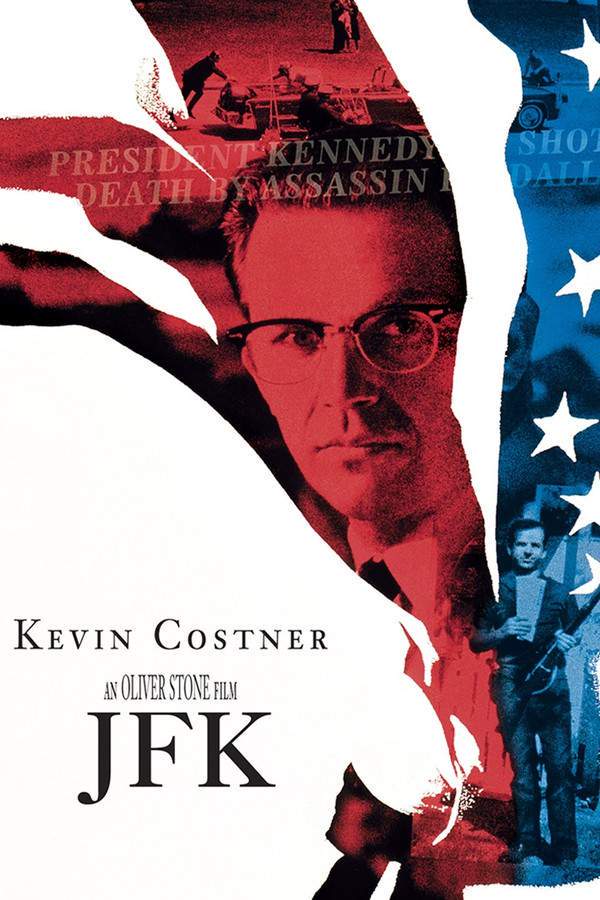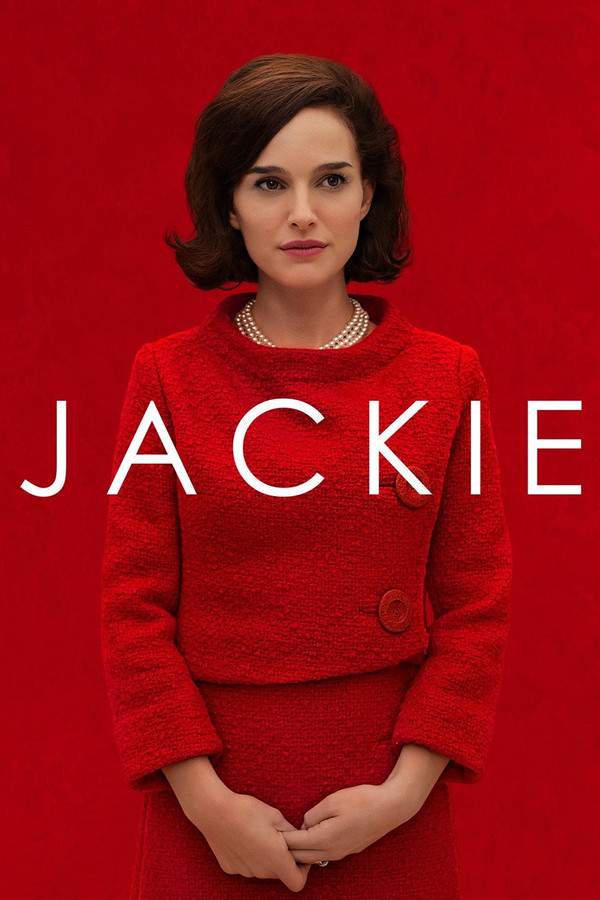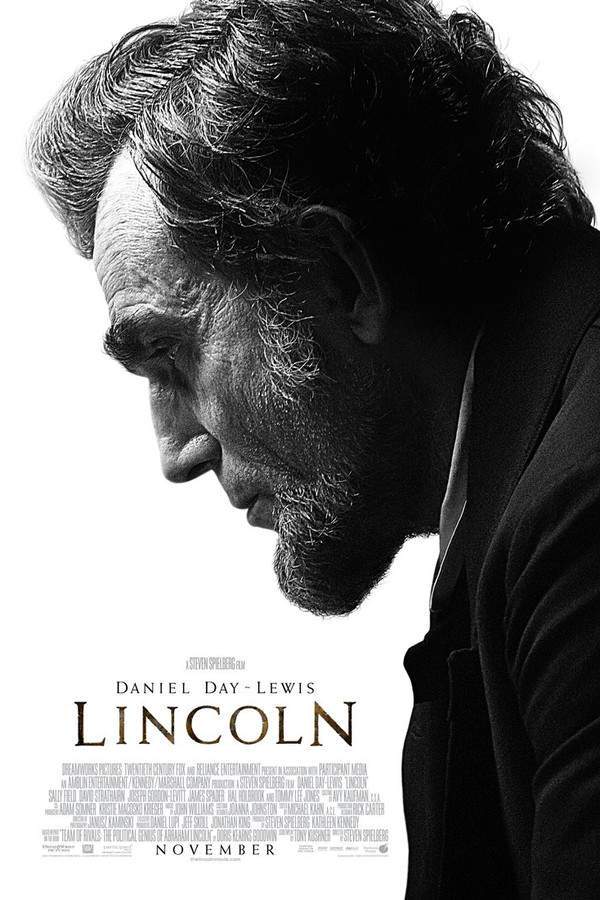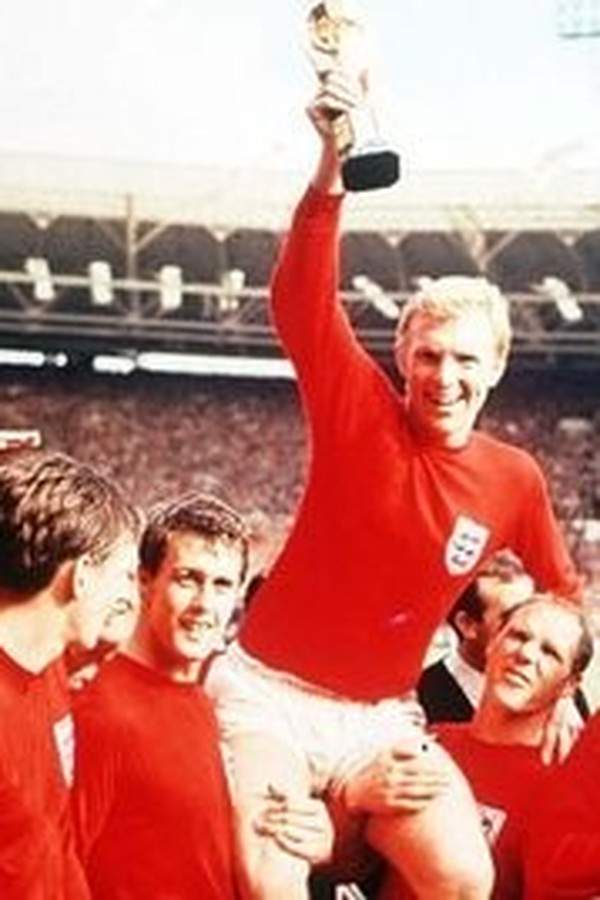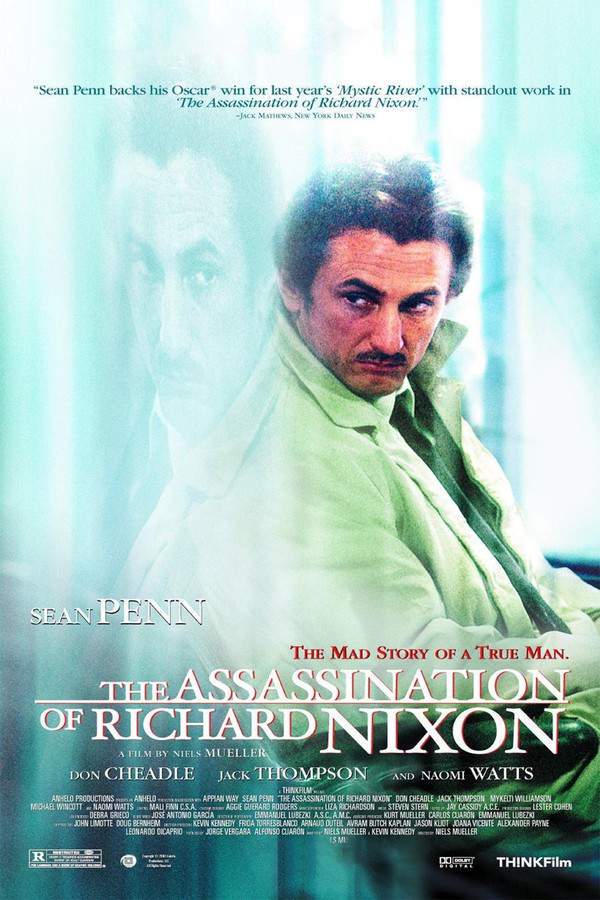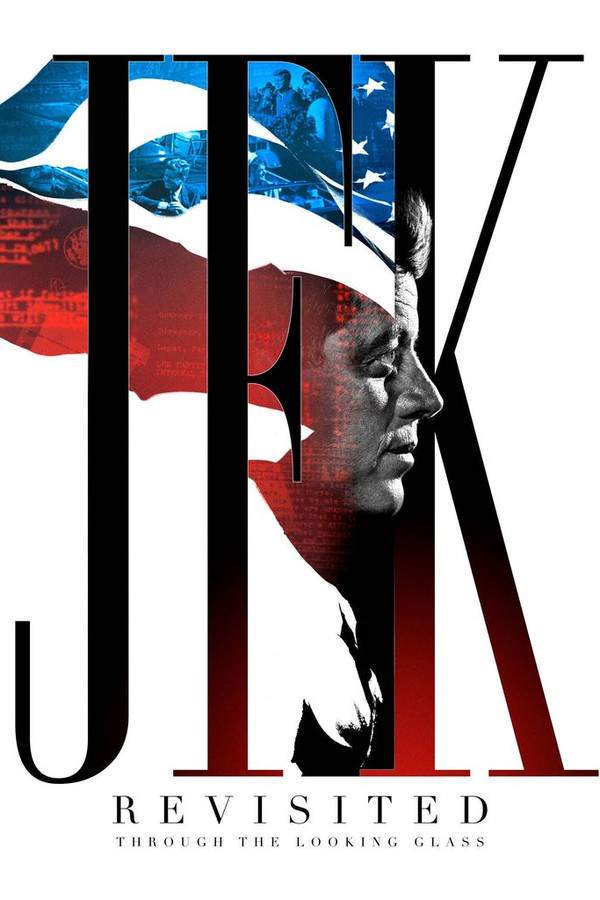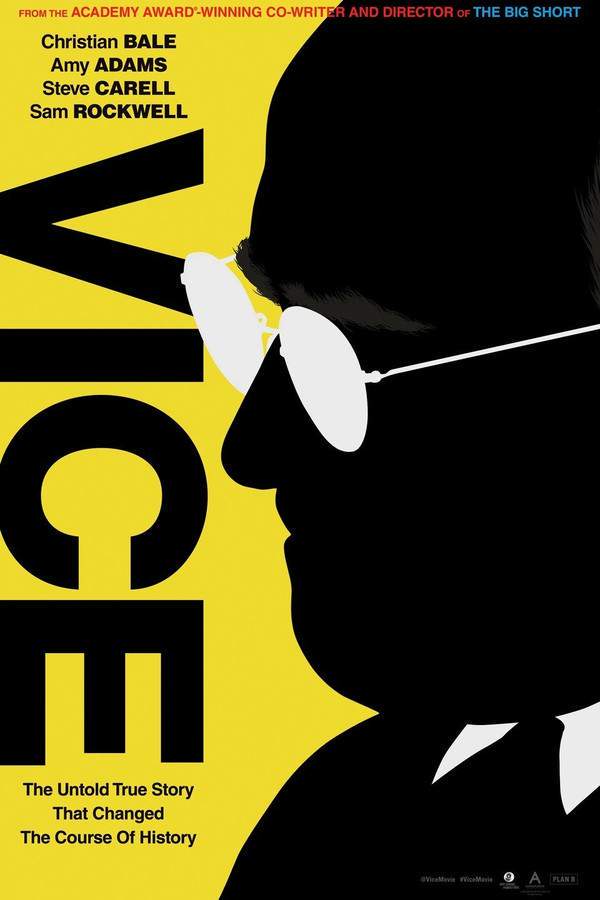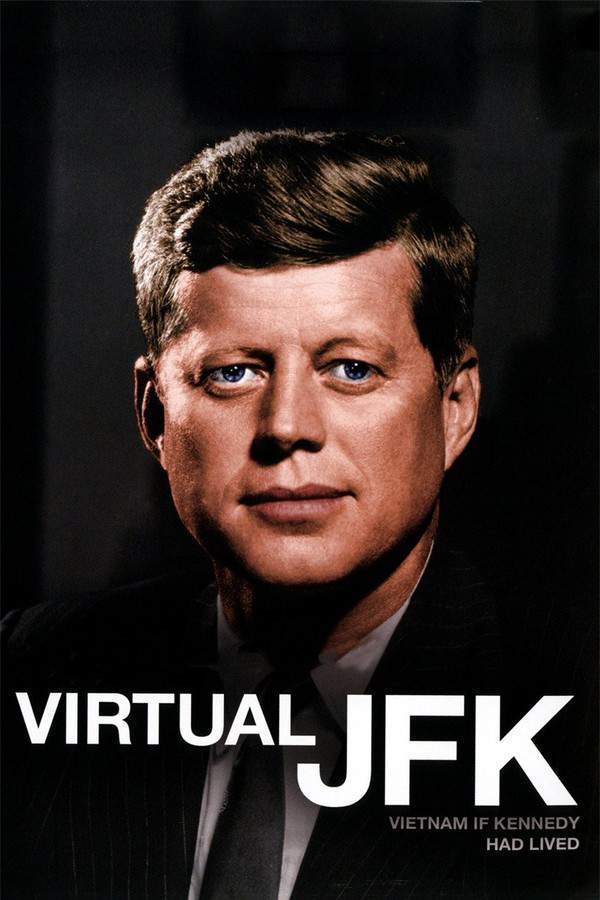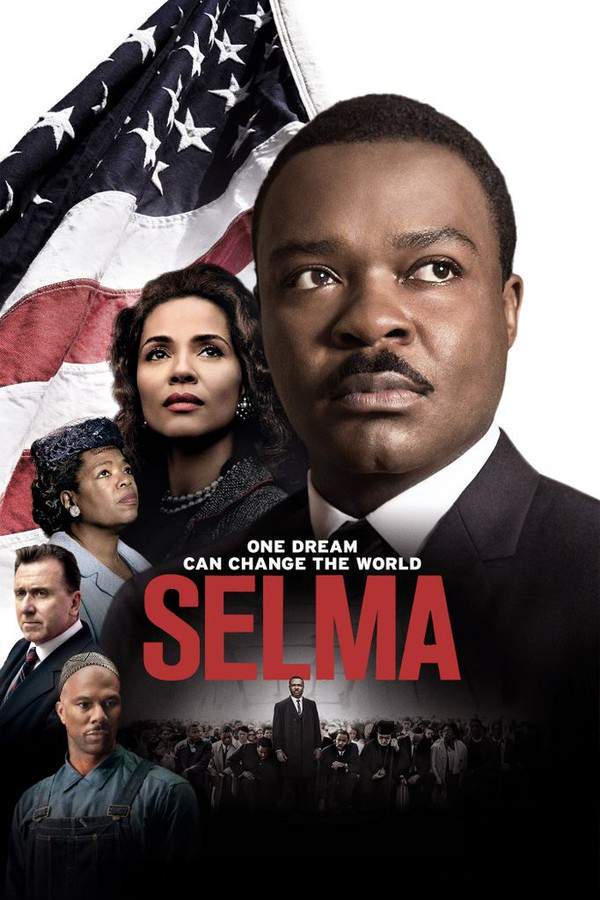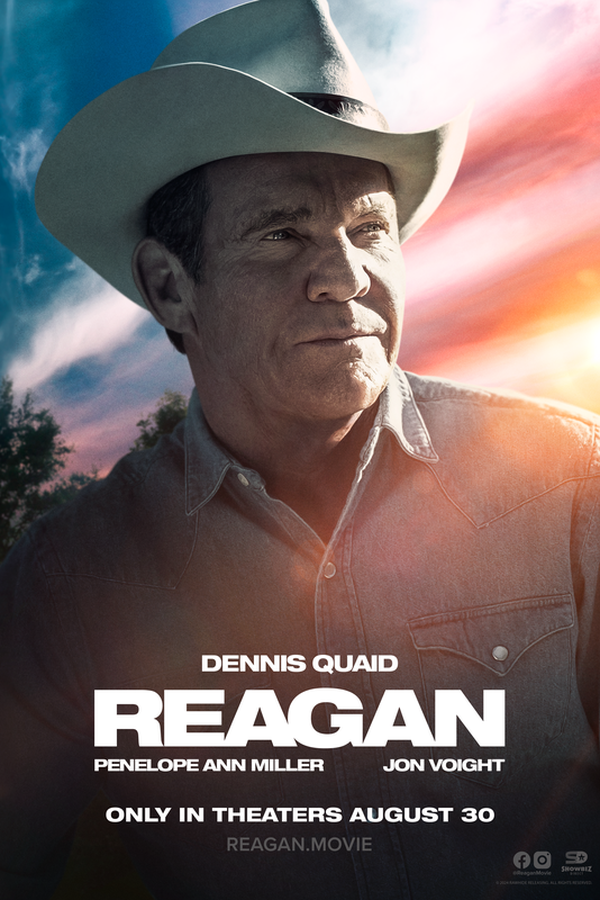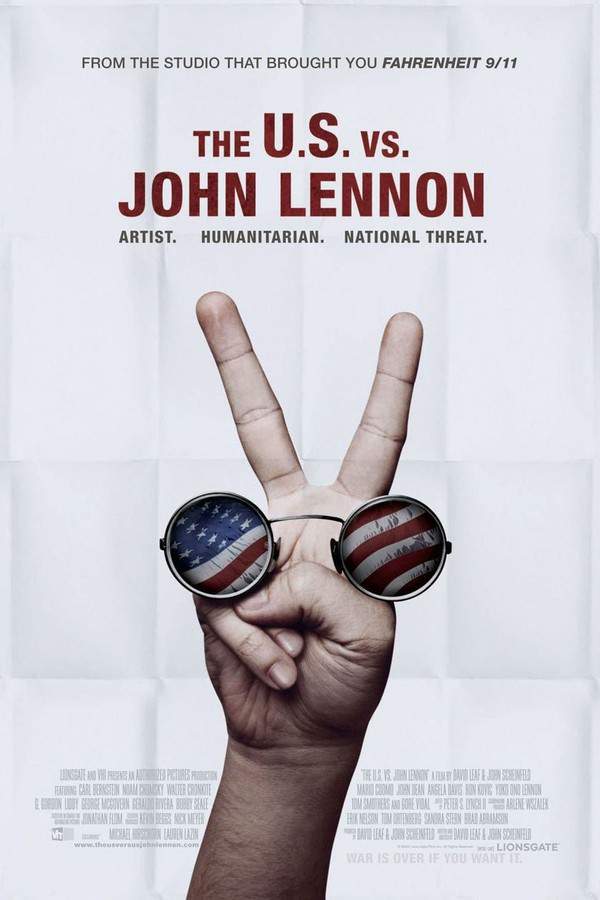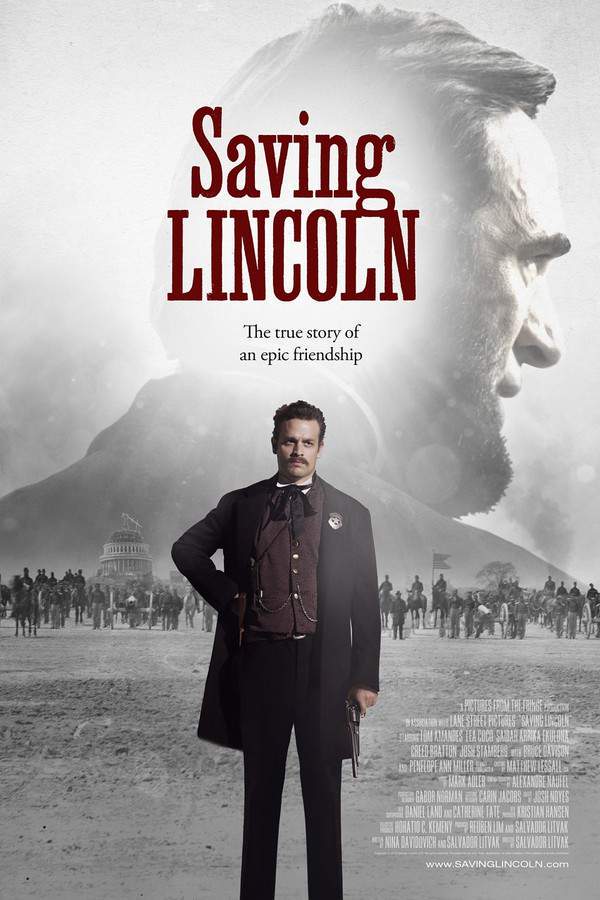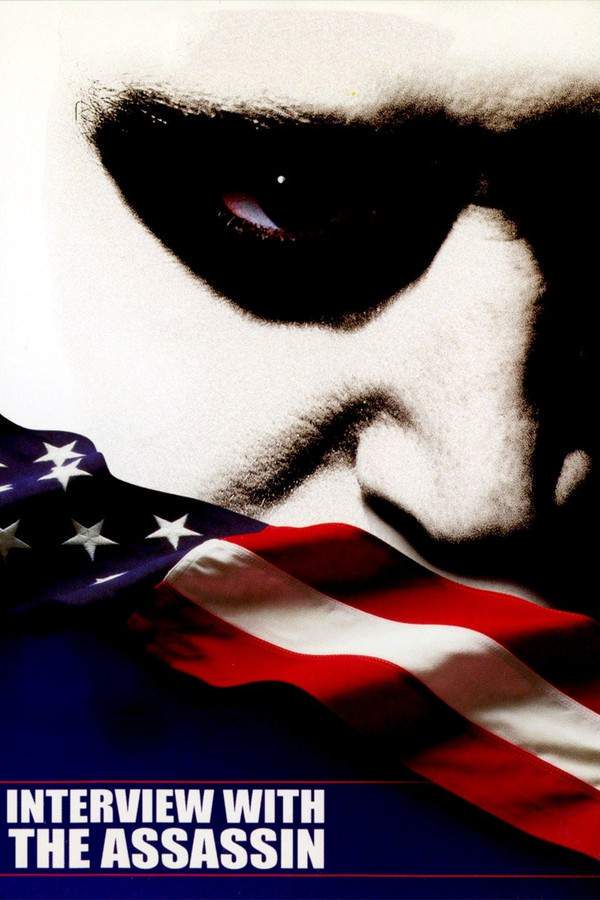LBJ 2017
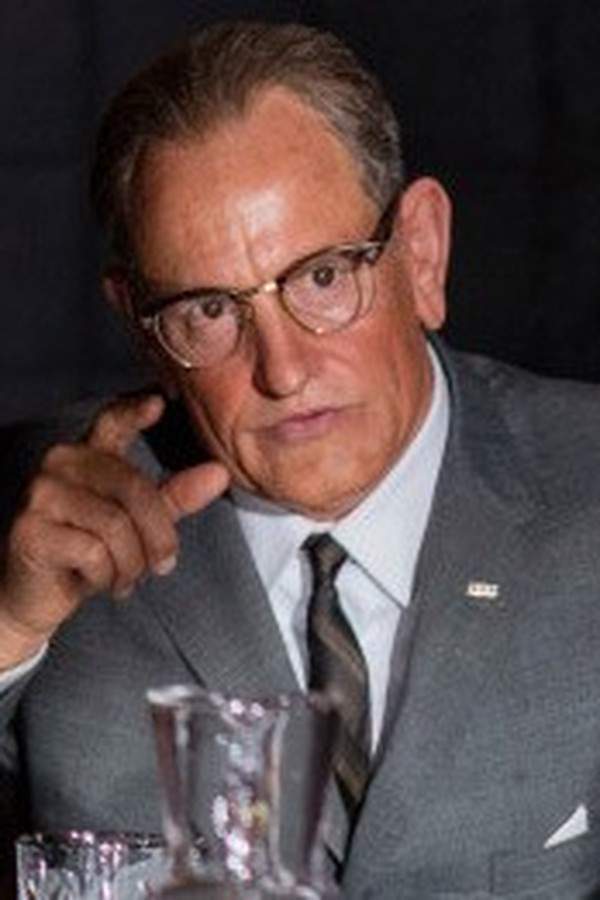
This biographical drama portrays the life of Lyndon Baines Johnson, from his time as a powerful figure on Capitol Hill to his sudden ascension to the presidency. Following the tragic death of John F. Kennedy, Johnson is thrust into the role of President, forcing him to navigate immense challenges and confront the complexities of leadership while grappling with the profound responsibility of the office. Woody Harrelson delivers a compelling performance as the controversial figure.
Does LBJ have end credit scenes?
No!
LBJ does not have end credit scenes. You can leave when the credits roll.
Meet the Full Cast and Actors of LBJ
Explore the complete cast of LBJ, including both lead and supporting actors. Learn who plays each character, discover their past roles and achievements, and find out what makes this ensemble cast stand out in the world of film and television.
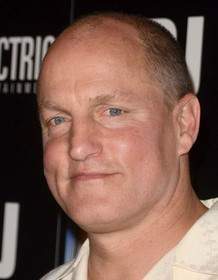
Woody Harrelson
Lyndon B. Johnson
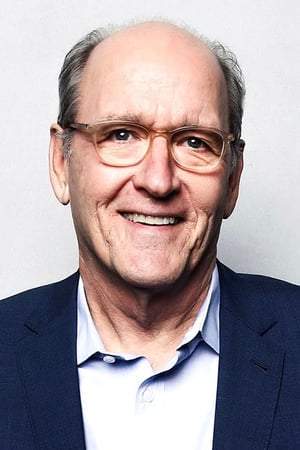
Richard Jenkins
Senator Richard Russell
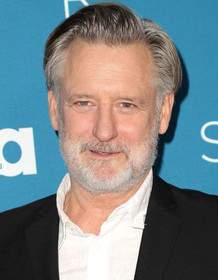
Bill Pullman
Senator Ralph Yarborough

Jennifer Jason Leigh
Lady Bird Johnson

Joe Chrest
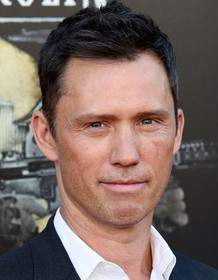
Jeffrey Donovan
John F. Kennedy

Rich Sommer
Pierre Salinger

Gary Grubbs
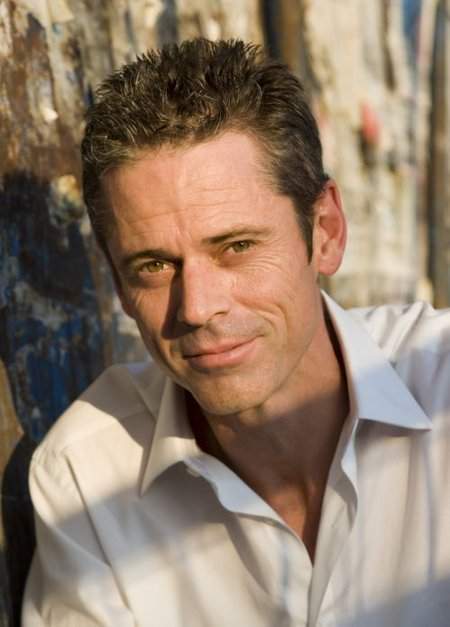
C. Thomas Howell
Walter Jenkins

Kim Allen
Jackie Kennedy

Doug McKeon
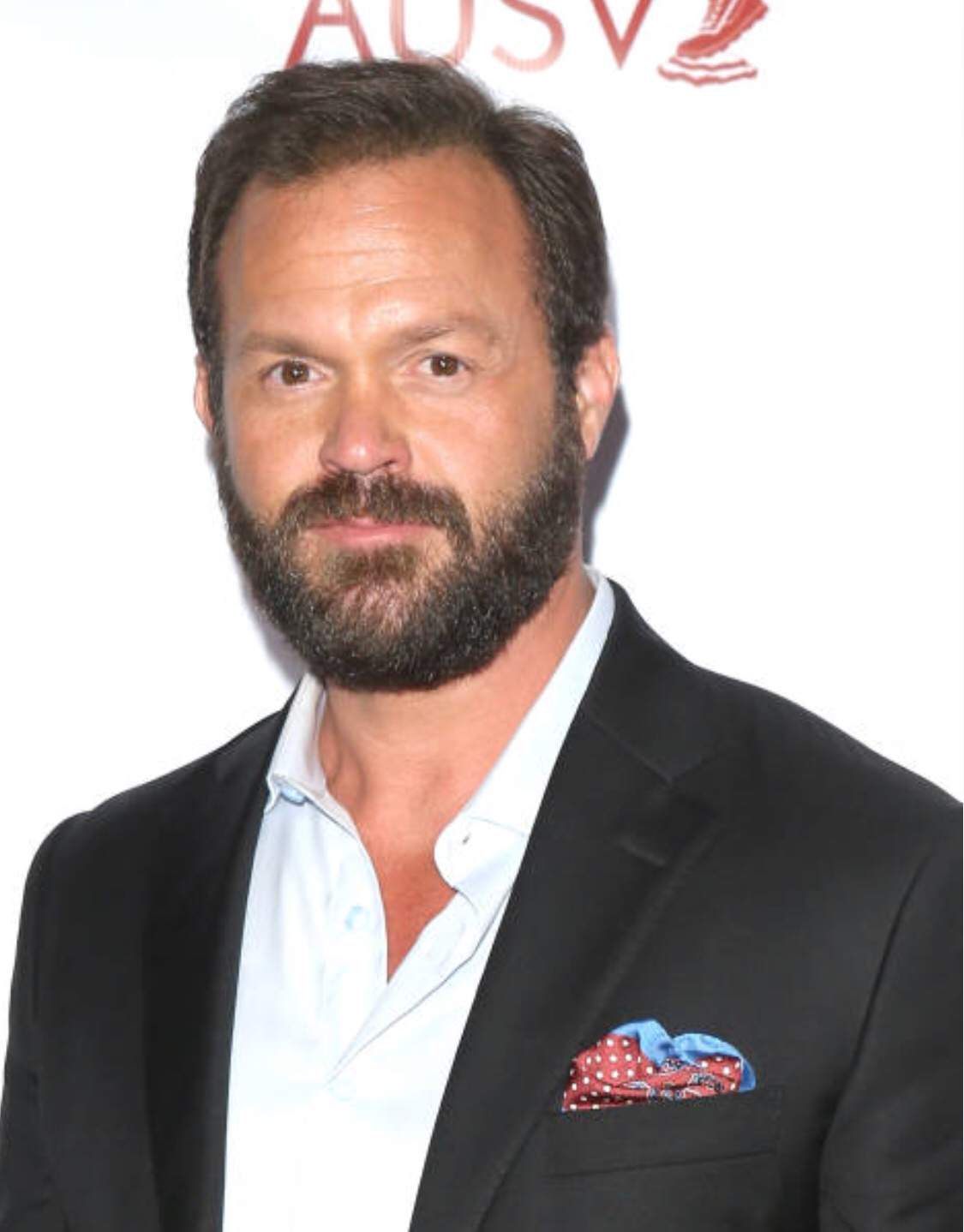
Judd Lormand

Michael Mosley
Kenny O'Donnell

Michael Stahl-David
Bobby Kennedy

Travis Wester

Wallace Langham
Arthur Schlesinger
External Links and Streaming Options
Discover where to watch LBJ online, including streaming platforms, rental options, and official sources. Compare reviews, ratings, and in-depth movie information across sites like IMDb, TMDb, Rotten Tomatoes or Metacritic.
Ratings and Reviews for LBJ
See how LBJ is rated across major platforms like IMDb, Metacritic, and TMDb. Compare audience scores and critic reviews to understand where LBJ stands among top-rated movies in its genre.

54
Metascore
7.4
User Score


55%
TOMATOMETER

54%
User Score

6.5 /10
IMDb Rating

64
%
User Score

3.0
From 1 fan rating

2.50/5
From 2 fan ratings
Take the Ultimate LBJ Movie Quiz
Challenge your knowledge of LBJ with this fun and interactive movie quiz. Test yourself on key plot points, iconic characters, hidden details, and memorable moments to see how well you really know the film.
LBJ Movie Quiz: Test your knowledge on the political journey of Lyndon B. Johnson as depicted in the 2017 film LBJ.
What tragic event thrust LBJ into the presidency?
Full Plot Summary and Ending Explained for LBJ
Read the complete plot summary of LBJ, including all major events, twists, and the full ending explained in detail. Explore key characters, themes, hidden meanings, and everything you need to understand the story from beginning to end.
The film explores the tumultuous journey of Vice President Lyndon B. Johnson, portrayed by Woody Harrelson, who unexpectedly ascends to the presidency following the tragic assassination of John F. Kennedy, played by Jeffrey Donovan, on November 22, 1963. On that fateful day in Dallas, Texas, while JFK is riding in the first car with his wife Jacqueline Kennedy, portrayed by Kim Allen, LBJ finds himself in the third car alongside his wife Lady Bird Johnson, portrayed by Jennifer Jason Leigh. It’s apparent that LBJ is often overshadowed by JFK’s popularity among the public, which adds to his discomfort of playing second fiddle in the world of politics.
Complicating matters, Texas Senator Ralph Yarborough, played by Bill Pullman, has a contentious relationship with LBJ, having previously refused to share a car with him during the infamous motorcade. Their history is steeped in conflicts, especially since Yarborough did not endorse LBJ’s farm support bill four years prior and openly supported JFK’s presidential campaign, stating that he had more in common with Kennedy.
In a flashback sequence, Robert F. Kennedy, portrayed by Michael Stahl-David, questions LBJ during a hunting trip about his presidential ambitions—a question LBJ denies at that moment, only to later discover that campaign posters plastered across Texas had prematurely announced his candidacy without his consent. Anger and trepidation wash over him as he fears a lack of public affection may doom his efforts.
As pressures mount, LBJ’s advisors eventually convince him to enter the race; however, he suffers a disappointing loss to JFK in the Democratic primaries. In a strategic move, JFK offers LBJ the vice presidency, believing that securing Southern votes is key for his presidential bid, despite his advisors warning him that historically, very few vice presidents successfully transitioned to presidency. Nevertheless, LBJ takes the opportunity, drawing upon his political ambitions.
Following JFK’s victory, LBJ finds himself yearning for greater authority, requesting oversight of critical departments like the CIA and FBI. Complicating this dynamic is Kenneth O’Donnell, portrayed by Michael Mosley, a close ally of Robert who is equally disdainful of LBJ. JFK assigns Kenneth the task of managing LBJ to prevent him from stepping out of line.
To further occupy LBJ, JFK places him in charge of the Federal Equal Employment Committee, a tumultuous role that has previously thwarted several presidents due to the deeply rooted divisions between Northern and Southern interests. LBJ, however, sees this as a strategic opportunity to foster goodwill and build a political base ahead of the 1968 elections by advocating for equal treatment of African Americans in the workforce.
As civil rights tensions escalated throughout the nation in 1962 and 1963, with states vehemently refusing to embrace equality, JFK presses LBJ to utilize his committee to award government contracts exclusively to progressive states. However, LBJ astutely persuades him to instead implement mixed workforces in Southern states, ultimately securing the contracts while also addressing the unrest.
The spotlight then shifts to the contentious Civil Rights Bill that JFK intends to introduce in Congress. Senator Richard Russell, played by Richard Jenkins, vows to thwart it, while LBJ attempts to negotiate with JFK for a postponement, only to witness JFK’s determination to move forward despite his requests. As LBJ tries to secure his place on the ticket for the upcoming election, he realizes the precarious balancing act at play as JFK aims to maintain political dominance while positioning Robert for potential succession.
Following JFK’s tragic passing, LBJ is sworn into office by Sarah Hughes, all under the watchful eyes of Jacqueline Kennedy. Despite objections from Robert, LBJ insists on quickly taking the oath, displaying his characteristic composure. Senator Russell rejoices at the notion of having a Southern president, rallying the Southern Senate delegation to congratulate LBJ on his ascension. Tensions flare as Robert expresses his outrage at LBJ for hastily purging JFK’s staff from the White House, despite LBJ’s offer for him to remain as Attorney General.
As political skirmishes unfold, LBJ’s resolve strengthens to uphold JFK’s legacy, notably committing to historic civil rights legislation. Enlisting Ted Sorensen to craft his Congressional speech, he maneuvers to sway votes, garnering support from Senator Ralph Yarborough. Yet, LBJ’s alliance with Yarborough stirs resentment within Russell, who staunchly opposes him.
In an impassioned address to Congress, LBJ delivers a poignant message, balancing eulogistic elements and an outline of his future agenda. Ultimately, the Civil Rights Act is signed into law on July 2, 1964, marking a monumental achievement in the struggle for equality. LBJ’s political acumen shines through as he celebrates an impressive re-election victory on November 3, 1964, capturing 44 states—the largest margin seen since 1820.
During his subsequent term, LBJ champions a transformative agenda, establishing programs like Medicare, Medicaid, and the Voting Rights Act. Nevertheless, as the Vietnam War intensifies by 1968, internal party strife initiates challenges, including from Robert Kennedy. In a surprising announcement on March 31, 1968, LBJ expresses his decision not to seek re-election, marking him as the last sitting president to do so, solidifying his complex legacy in American history.
Watch Trailers, Clips & Behind-the-Scenes for LBJ
Watch official trailers, exclusive clips, cast interviews, and behind-the-scenes footage from LBJ. Dive deeper into the making of the film, its standout moments, and key production insights.
Cars Featured in LBJ
Explore all cars featured in LBJ, including their makes, models, scenes they appear in, and their significance to the plot. A must-read for car enthusiasts and movie buffs alike.
Movie Themes and Keywords
Discover the central themes, ideas, and keywords that define the movie’s story, tone, and message. Analyze the film’s deeper meanings, genre influences, and recurring concepts.
Similar Movies You Should Know About
Browse a curated list of movies similar in genre, tone, characters, or story structure. Discover new titles like the one you're watching, perfect for fans of related plots, vibes, or cinematic styles.
Quick Links: Summary, Cast, Ratings, More

What's After the Movie?
Not sure whether to stay after the credits? Find out!
Explore Our Movie Platform
New Movie Releases (2025)
Famous Movie Actors
Top Film Production Studios
Movie Plot Summaries & Endings
Major Movie Awards & Winners
Best Concert Films & Music Documentaries
© 2025 What's After the Movie. All rights reserved.













